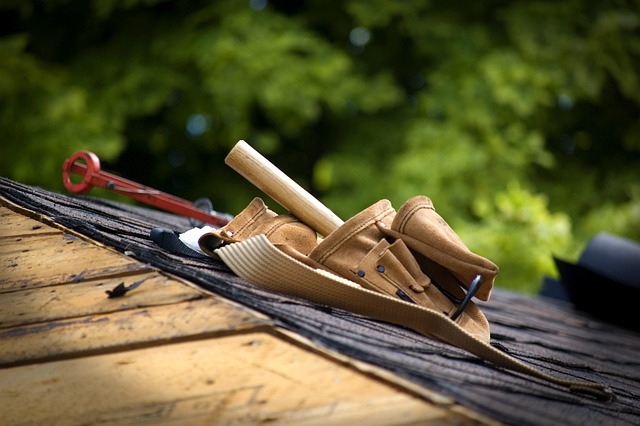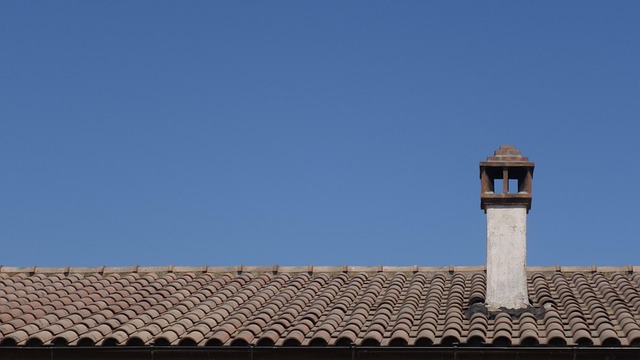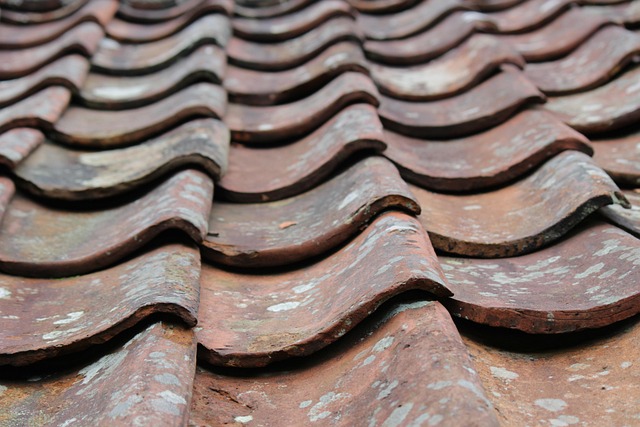In vibrant Eugene, Oregon, commercial roofing is vital for business success. Local experts specialize in large-scale structures, handling challenges like hot tar and flat roof installations, repairs, and maintenance. Adapting to diverse landscapes, they ensure roofs withstand weather changes while adhering to local codes and regulations. Flat roofs, gaining popularity due to climate conditions and tech advancements, offer cost savings on heating and cooling. Modern commercial roofing solutions, like EPDM and TPO membranes, provide superior water resistance, longer lifespans, reduced environmental impact, and enhanced durability compared to traditional hot tar roofs. When selecting a roofer, prioritize experience with hot tar or flat roofs, check referrals and reviews, ensure licensing and insurance, and schedule regular inspections. The future of Commercial Roofing in Eugene focuses on innovative materials, superior weather protection, energy efficiency, sustainability, and green practices.
“In the vibrant city of Eugene, Oregon, comprehensive commercial roofing services are a cornerstone of the local landscape. This article navigates the diverse world of commercial roofing in the area, from understanding the unique challenges and trends to exploring cutting-edge innovations. We delve into the rise of flat roofs, traditional versus modern hot tar options, and essential tips for choosing the right commercial roofer. Additionally, we shed light on maintenance, repair, and future directions, offering a local perspective on enhancing Eugene’s skyline.”
- Understanding Commercial Roofing in Eugene, Oregon: A Local Perspective
- The Rise of Flat Roofs: Popular Trends in the Area
- Hot Tar Roofs: Traditional vs Modern Alternatives for Commercial Spaces
- Choosing the Right Commercial Roofer: Key Factors to Consider
- Maintenance and Repair: Ensuring Longevity of Your Commercial Roof
- The Future of Commercial Roofing: Innovations Shaping Eugene's Skyline
Understanding Commercial Roofing in Eugene, Oregon: A Local Perspective

In the vibrant and bustling city of Eugene, Oregon, understanding commercial roofing is key for any business owner or property manager. Commercial roofing eugene oregon, specifically, requires specialized knowledge and skills to meet the unique needs of large-scale structures, such as office buildings, retail spaces, and industrial facilities. Local commercial roofers are well-versed in addressing a variety of challenges, including hot tar roof installations and repairs, and flat roof maintenance—both of which are prevalent in this area.
The diverse Oregon landscape presents both opportunities and challenges for commercial roofing. Local commercial roofers have adapted to these conditions, ensuring that roofs not only withstand the state’s changing weather patterns but also conform to regional building codes and regulations. With a focus on quality materials and expert craftsmanship, these professionals play a crucial role in protecting businesses and their assets from the elements, enhancing property values, and fostering a robust local economy.
The Rise of Flat Roofs: Popular Trends in the Area
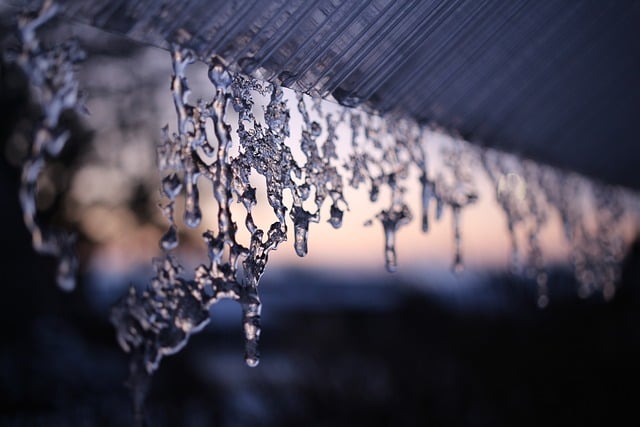
In recent years, the commercial roofing landscape in Eugene, Oregon, has seen a significant shift towards flat roofs. This trend is driven by several factors, including the area’s climate and the advancements in roofing technology. Flat roofs offer advantages such as reduced heating and cooling costs due to their simple design that allows for better insulation and air flow, making them particularly appealing for commercial properties in our region.
Commercial roofer experts in Eugene Oregon are increasingly equipped to handle hot tar roof installations and repairs, a popular choice among property owners. Hot tar roofs, known for their durability and long-lasting performance, complement the flat roof trend. The area’s commercial roofing industry has adapted to meet these demands, ensuring that businesses have access to modern, efficient, and reliable roofing solutions tailored to our local conditions and preferences.
Hot Tar Roofs: Traditional vs Modern Alternatives for Commercial Spaces

In the world of commercial roofing Eugene Oregon area, traditional hot tar roofs have long been the go-to option for flat roofs due to their cost-effectiveness and ease of installation. These systems involve heating bitumen to a liquid state, which is then poured onto the roof surface and covered with shingles or membranes. However, as technology advances, modern alternatives are emerging, offering improved durability and sustainability.
Modern commercial roofing solutions provide an array of benefits over hot tar roofs. They include superior water resistance, extended lifespans, and reduced environmental impact. Membrane-based systems, such as EPDM (Ethylene Propylene Diene Monomer) and TPO (Thermoplastic Olefin), are known for their durability and flexibility, making them ideal for commercial spaces. Additionally, these modern options often come with warranties that surpass those of traditional hot tar roofs, ensuring peace of mind for property owners.
Choosing the Right Commercial Roofer: Key Factors to Consider
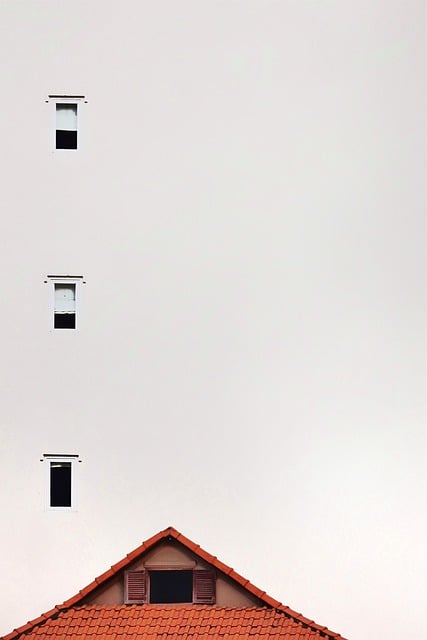
When choosing a commercial roofer in the Eugene Oregon area for your business property, there are several key factors to consider. Firstly, ensure they have extensive experience and expertise in handling commercial roofing projects, particularly with hot tar roofs or flat roofs, which often require specialized techniques and materials. Look for professionals who specialize in your specific roof type to guarantee optimal performance and longevity.
Reputation is another vital aspect. Referrals from fellow business owners and online reviews can provide insights into the roofer’s reliability, workmanship, and customer service. Check their portfolio to assess the quality of their previous work and verify if they use high-quality materials. Licensing and insurance are also essential to protect your investment and ensure the safety of your employees and property during the roofing process.
Maintenance and Repair: Ensuring Longevity of Your Commercial Roof

Maintaining and repairing your commercial roof is essential for ensuring its longevity in Eugene Oregon’s varied climate conditions. Regular inspections by a professional commercial roofer can identify small issues before they become major problems, saving you from costly emergency repairs. A qualified commercial roofer will be able to recommend tailored solutions for your hot tar roof or flat roof, depending on the specific needs and design of your building.
Implementing timely maintenance involves more than just checking for leaks. It includes cleaning gutters, inspecting drain systems, sealing flashing around vents and other penetrations, and re-sealing any areas showing signs of wear or damage. By keeping a proactive approach to roof maintenance, you can extend the lifespan of your commercial roofing system, enhance energy efficiency, and ultimately reduce the frequency and cost of repairs.
The Future of Commercial Roofing: Innovations Shaping Eugene's Skyline

The future of commercial roofing in Eugene, Oregon is bright, driven by innovative materials and technologies that are reshaping the local skyline. One prominent trend is the shift towards hot tar roofs, a more efficient and durable alternative to traditional flat roof systems. These roofs not only offer superior protection against weather extremes but also incorporate advanced insulation properties, significantly enhancing energy efficiency for commercial buildings.
Additionally, the growing emphasis on sustainability has led to the adoption of green roofing practices. Commercial roofer in Eugene are incorporating eco-friendly materials like biodegradable membranes and vegetative layers into their designs. This approach not only reduces a building’s carbon footprint but also provides additional insulation, minimizes stormwater runoff, and creates habitats for local wildlife. These innovations exemplify the dynamic nature of commercial roofing in Eugene Oregon, combining functionality, aesthetics, and environmental stewardship to define the city’s built landscape.
